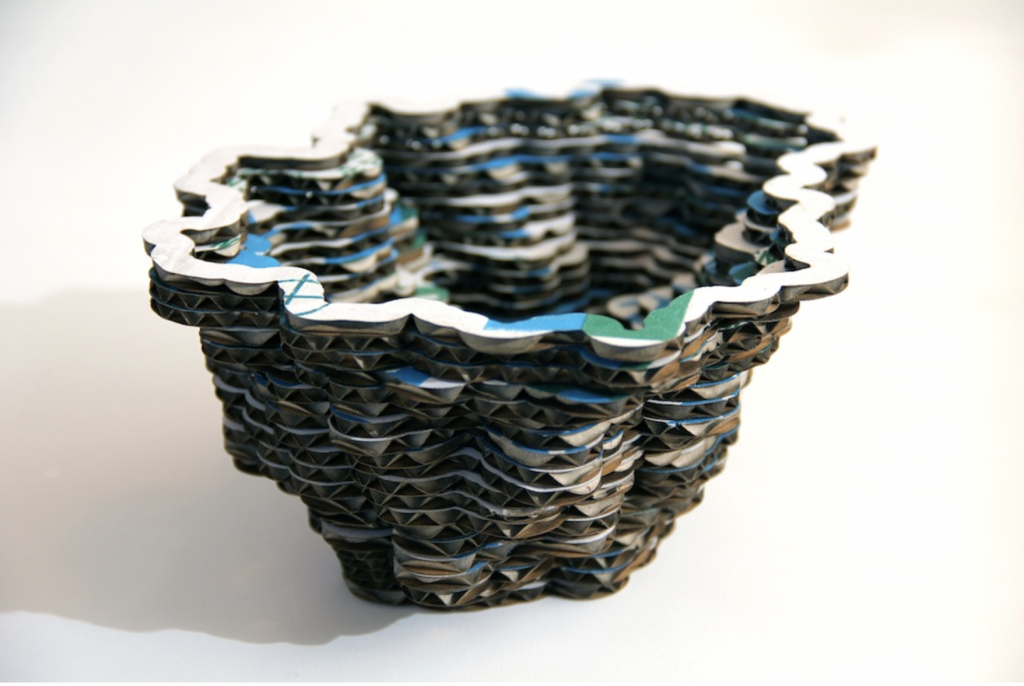/* Caroline Song
Section E
chsong@andrew.cmu.edu
Assignment-02 */
var eyeSize = 25
var faceWidth = 50
var faceHeight = 50
var pupilSize = 20
var noseSize = 50
var mouth = 30
var bodyHeight = 250
var bodyWidth = 250
function setup (){
createCanvas(640, 480);
}
function draw(){
background(134, 227, 219);
//face shape
noStroke(0);
fill(254, 217, 255);
ellipse(width/2, height/2, faceWidth*4, faceHeight*5);
//eyes
fill(250);
var eyeLX = width/2 - faceWidth*0.75;
var eyeRX = width/2 + faceWidth*0.75;
ellipse(eyeLX, height/2, eyeSize*3, eyeSize*3);
ellipse(eyeRX, height/2, eyeSize*3, eyeSize*3);
//pupils
fill(0);
var pupilLX = width/2 - faceWidth*0.75;
var pupilRX = width/2 + faceWidth*0.75;
ellipse(pupilLX, height/2, pupilSize, pupilSize);
ellipse(pupilRX, height/2, pupilSize, pupilSize);
//nose
fill(214, 0, 0);
ellipse(width/2, height/2 + faceHeight*0.65, noseSize, noseSize);
//mouth
fill(245, 135, 170);
arc(width/2, height/2 + faceHeight*1.5, mouth*2, mouth, 0, PI);
//body
fill(255, 243, 168);
var faceH = faceHeight*5
ellipse(width/2, height/2 + faceH/2 + bodyHeight/2, bodyWidth, bodyHeight);
}
function mousePressed() {
eyeSize = random(25, 50);
faceWidth = random(50, 75);
faceHeight = random(50, 75);
mouth = random(60, 85);
bodyHeight = random(250, 400);
bodyWidth = random(250, 400);
}This project was interesting in terms of using variables and math to find the coordinates to my shapes, as opposed to using Illustrator and/or Photoshop to do it for me. At first, I found this project to be challenging, but as I kept adding more objects to the face, I started to understand and familiarize myself with the process of creating this variable face.
![[OLD FALL 2019] 15-104 • Introduction to Computing for Creative Practice](../../../../wp-content/uploads/2020/08/stop-banner.png)
